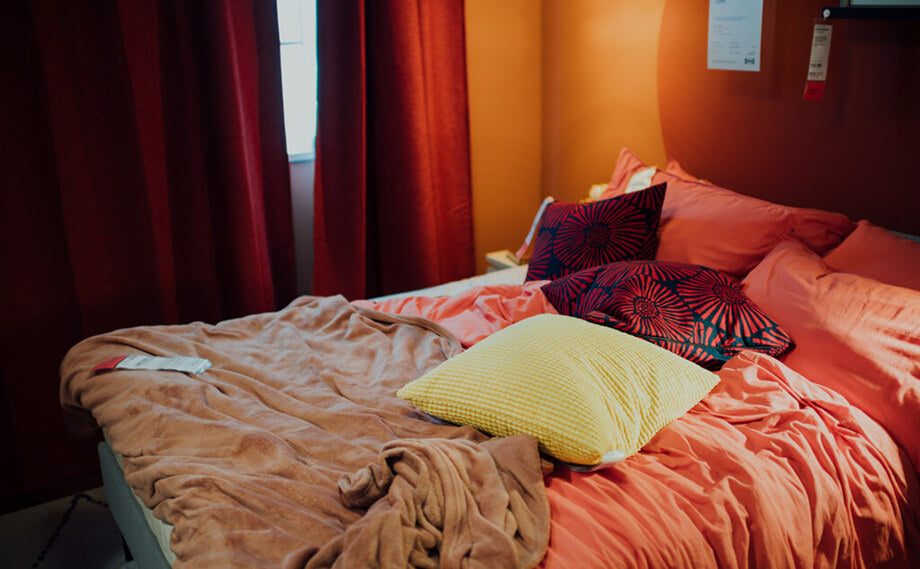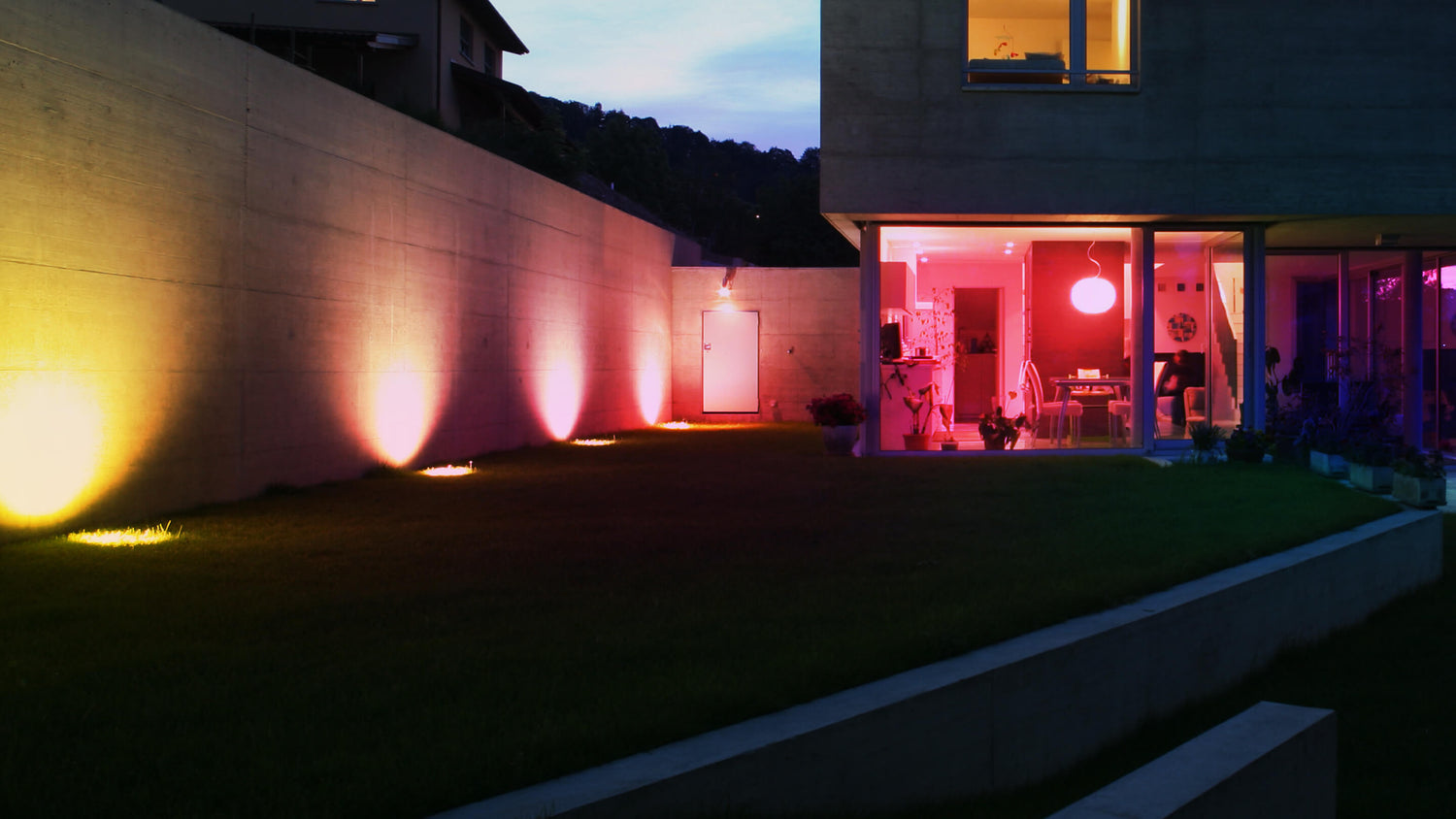
What LED Light Color is Best for Sleep
Share
The importance of sleep for work and life cannot be overstated. Many people feel that they sleep at night in order to work during the day. The reality is that while eating during the day is the body replenishing its energy, sleeping at night is the process of the spirit replenishing itself.
So, in order for the spirit to replenish itself healthily and properly, it is important not to do or eat things that are not conducive to sleep during the day, and to sleep well at night.
The effect of colour on the human body
Our bodies are selectively absorbing certain energies along with wearing different coloured clothes and sleeping with different coloured bedding. When it comes to the relationship between sleep and colour, what colours are used in the bedroom to help us sleep well? In fact, colour has a great impact on the physiology and psychology of people.
From a colour science perspective, the interpretation of colour should be understood in three ways: one is hue, one is luminosity and one is purity. Hue is the colour spectrum, which is red, orange, yellow, green, blue and violet. Foreign colour research has concluded that cooler shades of colour, such as green, blue and purple, are the most suitable colours for sleep and rest.
This is because unlike red, orange and yellow, which produce strong visual stimulation, these colours make us feel calm. Green tones, in particular, are the least stimulating for sleep and most comfortable when the eyes are exposed to light waves. Many people work mainly on computers and experts recommend looking at green when you are tired, at grass and woods to relax your vision.
What colours help you sleep
It is well known that green has a special significance when it comes to promoting environmental protection. In fact, green is also a colour that helps with sleep, followed by blue, which is the most stable and calming and is the colour that suppresses adrenal hormones. Many psychologists and medical practitioners often associate blue with dormancy, which they consider to be the best colour for sleep.
Purple is also the shortest colour in the spectrum and, according to physiologists, plays a role in pseudo-balance, stimulating or promoting drowsiness and improving the quality of sleep.
Red, orange and yellow, on the other hand, are not suitable for sleep. Red is exhilarating and can interfere with rest; yellow is the brightest colour in the spectrum and is more irritating to the eyes, also not suitable for sleep.
The French Impressionist painter Van Gogh's most typical masterpiece, "Sunflowers", uses a lot of yellow. Yellow is the most stimulating colour for the human nervous system and represents a kind of hesitation, a colour that is not suitable for humans in a dormant state.
Lighter colours are better for the rest
Shades of colour also have an effect on sleep. Generally speaking, light blues, light greens, light pinks and light yellows are colours suitable for restful sleep. These shades are elegant, subtle, dreamy and airy, and in such an environment people can easily fall asleep. Among the lighter colours, light blue is the first choice to promote sleep, followed by light green, light purple and pink, which are calming, mentally relaxing and very restful colours that have a positive effect on our sleep. According to research, light cool tones are suitable for use in the bedroom and are the sleep environment colours to use.
Many people prefer white bedrooms, but in fact white is not conducive to rest. Because white is more dazzling and stimulates the eyes, people subconsciously want a peaceful environment when they sleep, and having too much white before going to bed at night can make the pupils constrict.
In addition, colours with grey tones are also more conducive to sleep, on the contrary, saturated and very bright, big red, green, blue, purple and other colours in the bedroom is inappropriate.
Visual elements that affect sleep
The importance of the bedroom for sleep cannot be overstated. In addition to colour, other visual elements also have an impact. It is easier to relax physically and mentally in a simple, calm environment before we go to sleep. If the bedroom resembles a free market, it will certainly be "impossible to sleep this night". Overly fancy patterns can be partially decorated, just so long as they do not detract from the overall softness.
Also, materials have an impact on sleep. Highly reflective colours such as damask, including velvet in textile fabrics, as well as glass, metalwork, crystal lamps, mirrors and tiles are not suitable for the bedroom.
Lighting also has a significant impact on sleep. The human body has a melatonin hormone which, if produced in high amounts, is helpful for sleep, regulates the body and increases the immune system. If less is produced, it can affect sleep and leave it in an unhealthy state.
So what kind of light is good for melatonin production? The yellow and orange light is better, but this light should preferably be faint, as in hotel rooms where there are dim yellow floor lights that can be switched on at bedtime, which physiologically has a more sleep-promoting effect. On the contrary white light and cyan light inhibit the growth of melatonin, which is harmful to the body.
OLAFUS offers LED lights suitable for dressing up the bedroom, such as ceiling lights and warm white light strips, both of which will create a warm bedroom for total relaxation and pleasure.
Read More

